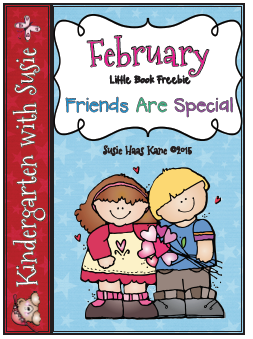Fall is my absolute FAVORITE season! I love teaching young children as they observe the seasonal changes and look with eager anticipation to the holidays. Fall has become the season to give heartfelt THANKS, cherish time with friends and family, and for many… EAT TURKEY!
I’m sure that everyone is aware of Wendi Silvano’s book, “Turkey Trouble”… right? If not, order it today! Children of all ages love this story of a turkey’s attempt to disguise himself so as to NOT be Thanksgiving dinner. As my little ones like to say, “Mrs. Kane, this book is hilarious!”
In the spirit of the season, I wanted to share with you a follow-up activity to the book. The children disguise their own turkeys and write clues so that their classmates must use critical thinking skills to guess the disguises. It is a fabulous activity and it makes an adorable Bulletin Board too. The directions and the patterns are free at my TPT store.
Last year, I shared a Thanksgiving Day Card that I have sent home to parents for many years. There is NOT a single parent that didn’t LOVE receiving this card from their precious little one. It is treasured for many years to come. I wanted to share it with you again this year. You may read about it on my blog: A Season of Thanks. The freebie may be downloaded from my TPT store.
I want to share my LOVE of children and teaching with other educators. If I make a difference for even one teacher, I will have succeeded. Wishing you all a wonderful Fall Season!




















































